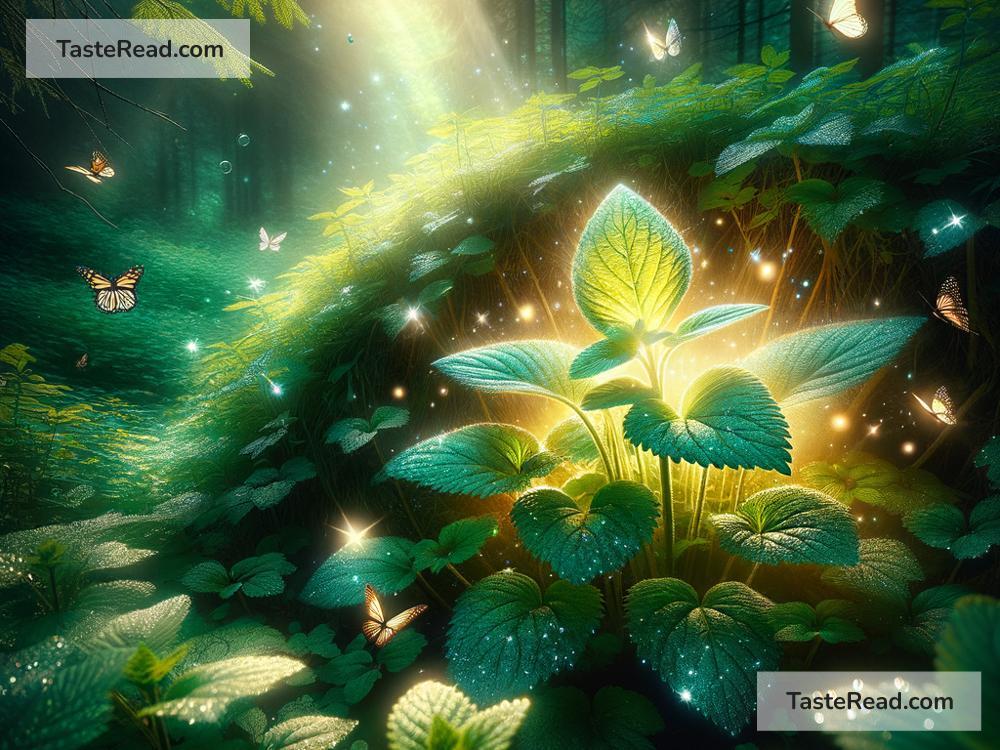The Legend of the Magical Herb That Heals All Wounds
For centuries, human beings have been fascinated by stories of magical cures—remedies that can fix any injury, sickness, or pain. One enduring legend that has captivated people across cultures is the tale of the “Magical Herb That Heals All Wounds.” Passed down through generations, this legend speaks of an extraordinary plant with the power to heal both the body and the spirit. Though it remains a story shrouded in mystery and folklore, the belief in a perfect cure continues to spark dreams and hope.
The Origins of the Legend
The legend of the magical herb has roots in many different cultures. In ancient times, healers and shamans were said to search endlessly for a plant with miraculous healing properties. Some stories describe the herb as glowing whenever someone in need approaches it. Others depict it growing deep in secret forests, hidden on mountaintops, or protected by magical creatures.
In Greek mythology, stories often mention herbs endowed with healing powers. One of the most famous is the herb used by the centaur Chiron, a wise healer who taught humans about medicine. Similarly, in Indian folklore, the “Sanjeevani Booti” is a mythical plant said to have the power to revive life itself. In medieval Europe, stories of an elusive “elixir herb” sparked the imaginations of knights and alchemists, who hoped to discover its secrets.
What makes the legend so compelling is its universal appeal. Across time and geography, people have always hoped for a solution to pain, loss, and suffering. The magical herb represents this hope and the idea that somewhere, nature holds the answer to all wounds.
What Makes the Magical Herb Special?
The magical herb is not just any ordinary plant. According to the legend, this herb can heal wounds instantly, no matter how serious they are. If someone has a deep cut, the herb’s touch will seal it shut. If someone suffers from a dangerous disease, consuming the herb will restore them to perfect health. It is also believed to heal emotional wounds—grief, fear, and anger—all can melt away with its gift.
Interestingly, the herb in these stories often symbolizes balance between humans and nature. Many versions of the legend stress that the plant doesn’t work for those who abuse or disrespect the earth. It reminds us that healing is not just about curing—it’s about living in harmony with the world around us.
While descriptions of the herb vary, common themes in the story include its radiant beauty, a mysterious scent, and its ability to transform sadness into peace.
The Search for the Herb
In every tale, the search for the magical herb requires courage, determination, and often, kindness. Many stories speak of travelers embarking on dangerous journeys through enchanted forests or perilous mountains. These seekers often face trials that test their patience, humility, or compassion.
For example, one story tells of a young woman who searches for the herb to save her dying brother. Along her journey, she encounters people in desperate need—a beggar, a stranded mother, and an injured bird. Though she is in a rush, she takes the time to help them. When she finally reaches the magical herb, she learns that her acts of kindness have unlocked its healing power. In this version of the legend, the herb does not heal every wound easily—it requires the person seeking it to demonstrate love and selflessness.
In modern times, the search for the herb can be seen as symbolic. Scientists and researchers continue to look for cures for diseases and ways to improve human health. While the herb in the legend may not exist, the search captures our belief in possibilities. Whether through medicine, kindness, or emotional strength, we continue to hope for ways to heal.
Lessons from the Legend
Though the magical herb is just a story, it holds important lessons for everyone.
First, it reminds us that healing is more than physical recovery. Many wounds are invisible—the pain of losing a loved one, the stress of daily struggles, or the fear of the future. True healing brings comfort, joy, and the strength to move forward.
Second, the story teaches us about kindness and balance. The magical herb is often connected to helping others or respecting nature. In seeking healing, we learn that the journey is just as important as the destination. Acts of kindness and care can be their own form of magic.
Finally, the legend shows us the power of believing in hope. Life can be tough, and we all face moments of pain and hardship. The idea of the magical herb gives people strength, inspiring stories and dreams of a better future.
Conclusion
The legend of the herb that heals all wounds is not just a tale—it’s a reflection of humanity’s greatest desires. We all long for comfort, wellness, and peace. Whether this magical plant exists in reality or only in our hearts, its message is clear: healing is possible, and kindness is the key to unlocking it. So, the next time you hear a story about the magical herb, remember its greater meaning. The greatest magic may not lie in plants or potions—it may lie in the love and care we show to ourselves, to others, and to the world around us.

